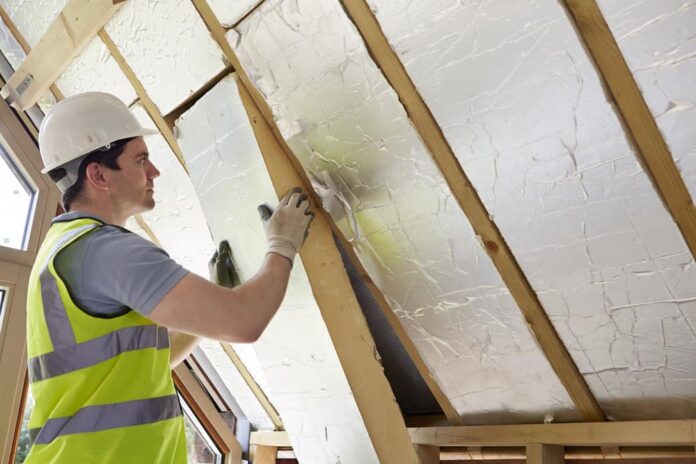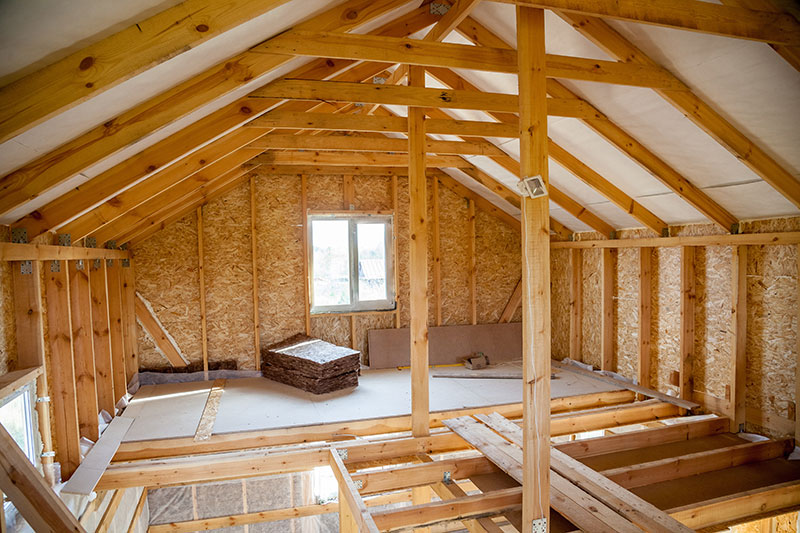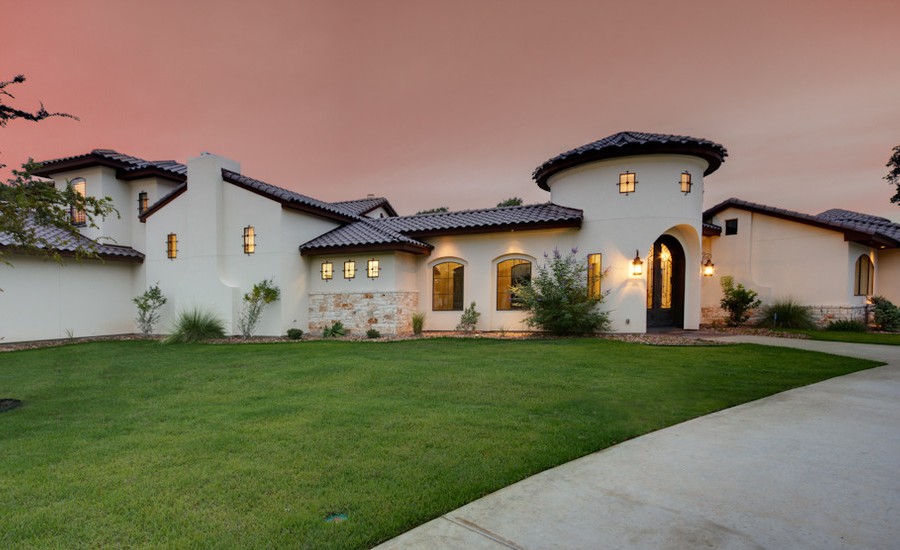Roof insulation is found in various forms to suit one’s specific needs. You can quickly get confused in a store when you have too many products and varieties to choose from. Here are five products you should consider for roof insulation:
Roof Insulation Boards
Roof insulation boards are metal panels that contain thermal insulation material on its inside. They are easy to install. Types of roof insulation boards are such as:
Expanded Polystyrene
This roof insulation board does not retain water. It has polystyrene combined with a foaming agent. Its material expands when exposed to warm temperatures and moulds into a uniform, closed-cell material.
Extruded Polystyrene
It falls between expanded polystyrene and polystyrene in both performance and price. It is semipermeable and contains a blended polymer that is heated and then runs through an extrusion process.
Polyisocyanurate
This is the most popular type of roof insulation board. Polyisocyanurate is an enclosed cell foam created through heating synthetic materials and chemicals to form a composite material which will cool into rigid-foam panels.
Loft Insulation Rolls
Loft insulation rolls are a form of fiberglass insulation. They are also called glass mineral wool insulation. Loft rolls resemble a group of hair-like fibers made of glass combined with a bonding agent. The materials are manufactured to make an air pocket-filled and flexible product. It is challenging to avoid heat rising inside your home, but as for heat loss, it is containable. Loft insulation rolls will help to improve your home’s thermal envelope in your pitched roof spaces and loft. These insulation rolls are both non-combustible, lightweight, and, based on an A1 rating, achieve the most outstanding level of fire performance possible. It assists in retaining heat in your house that would have escaped through the roof.
Multifoil Insulation
Multifoil insulation is simply a thin reflective layer of insulation. It is also called foil insulation. The layers containing reflexive film are combined with insulating sections made from wadding. The intuitive layers and wadding work together to increase thermal efficiency. Multifoil insulation can control the three varieties of thermal heat transfer: radiation, convection, and conduction. They work well in keeping a house warm in the winter by reflecting heat to its dwelling.
Natural Roof Insulation Materials
Using natural roof insulation materials is an excellent way to increase the energy efficiency of a home. It will help to keep your home cool in the summer and warm in the winter. Natural insulation materials are a host of many benefits, such as:
- It is environmentally friendly by providing more energy-efficient and eco-friendly solutions.
- It provides thermal and acoustic efficiency.
- They are better for the homeowner’s health, both during the installation and in the insulation’s lifespan
A good home is not only about the living space but also the mental and physical well-being through natural roof insulation materials. Types of natural insulations include:
Sheep Wool’s Insulation
This is a popular choice in older properties, and eco builds. It is made from sheep’s wool and is combined with recycled plastics. This type of insulation is efficient, healthy, and sustainable.
Recycled Plastic Insulation
It is commonly made from plastic bottles or polyethene terephthalate. This form of natural insulation has grown to be popular because of the additional bonus of tremendously removing plastic from waste streams.
Hemp Insulation
It is a great option for eco-friendly roof insulation because of its quality of combining excellent performance with sustainability and a low carbon footprint.
Insulation Accessories
Insulation accessories are parts of roofing insulation that don’t conduct electrical current. Its primary purpose is to hold electrical conductors from having any unintended and unplanned contact with each other. The work of insulation accessories to your roof is to make the house safer and more habitable. Insulation accessories include:
- Aluminum tape
- Flat roof boars
- Cavity closers
- Damp-proof membranes
- Breather membranes
- Fire protection boards



















